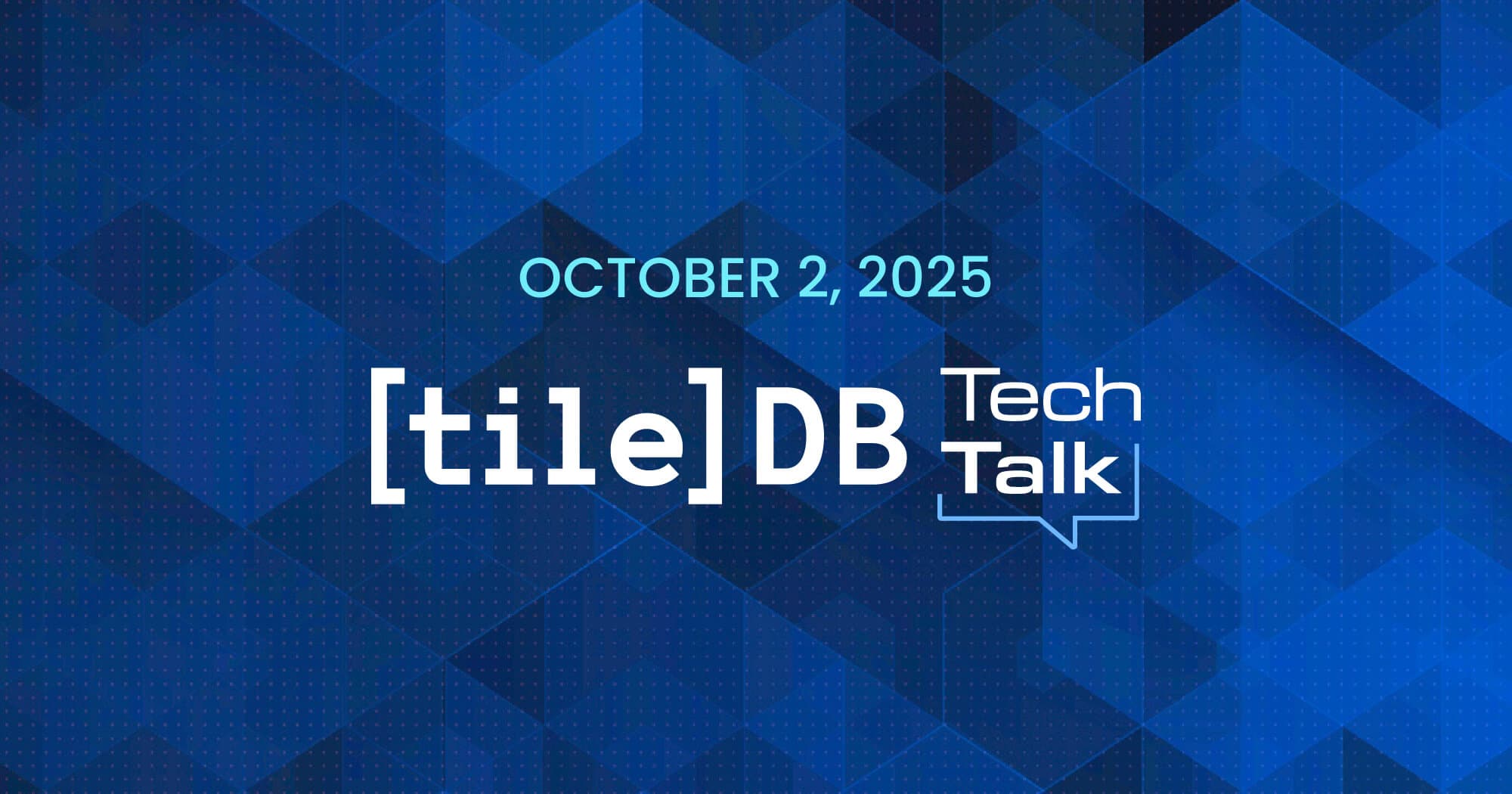Table Of Contents:
The problem: Data that AI can’t see or use
The solution: omnimodal intelligence
The four pillars of Carrara (OSCA)
Why it matters for life sciences
Assess your FAIR readiness score
Click here to watch the full Tech Talk
AI is only as powerful as the data foundation beneath it. Most stacks handle tables well, but the real challenge comes with everything else: genomic files, imaging data, notebooks and models scattered across silos.
TileDB Carrara solves this by introducing omnimodal data intelligence: a new way to govern, structure, and analyze all your data types in one system.
The problem: Data that AI can’t see or use
Enterprises struggle to make their data truly AI-ready because:
Data lives in silos across warehouses, cloud buckets and portals.
Governance is inconsistent or missing entirely.
Complex data like genomics or imaging is slow and costly to process.
Workflows, notebooks, and results aren’t reproducible or connected.
Carrara closes these gaps by treating every data and code type as a governed, searchable and high-performance modality.
The solution: omnimodal intelligence
Instead of separating tables from files or with labels like “structured” and “unstructured,” Carrara makes everything a first-class modality: tables, files, arrays, models, code and agents. This means teams can finally discover, query and analyze all assets in one governed platform.
Powered by TileDB’s multidimensional array engine, Carrara delivers the speed and scalability needed for data-intensive research while keeping compute close to the data.
The four pillars of Carrara (OSCA)
- 1
Organize – Unified catalog and file system with rich metadata and previews
- 2
Structure – Array-backed formats for complex data (VCF, SOMA, imaging)
- 3
Collaborate – TeamSpaces for secure, policy-based sharing
- 4
Analyze – Built-in notebooks, workflows, and federated queries
Why it matters for life sciences
Carrara is already transforming workflows in genomics, single-cell, and imaging research by enabling:
Cohort-scale analytics without moving data
FAIR and compliant collaboration across teams and institutions
AI-ready pipelines that can integrate models, embeddings, and agents directly into analysis
The result: faster discoveries, reproducible science and reduced infrastructure cost.
Assess your FAIR readiness score
Building AI-ready infrastructure starts with understanding where you are today.
Use the FAIR Readiness Scorecard below to evaluate your data maturity and map out resources to help make your data more Findable, Accessible, Interoperable and Reusable.
Meet the authors

